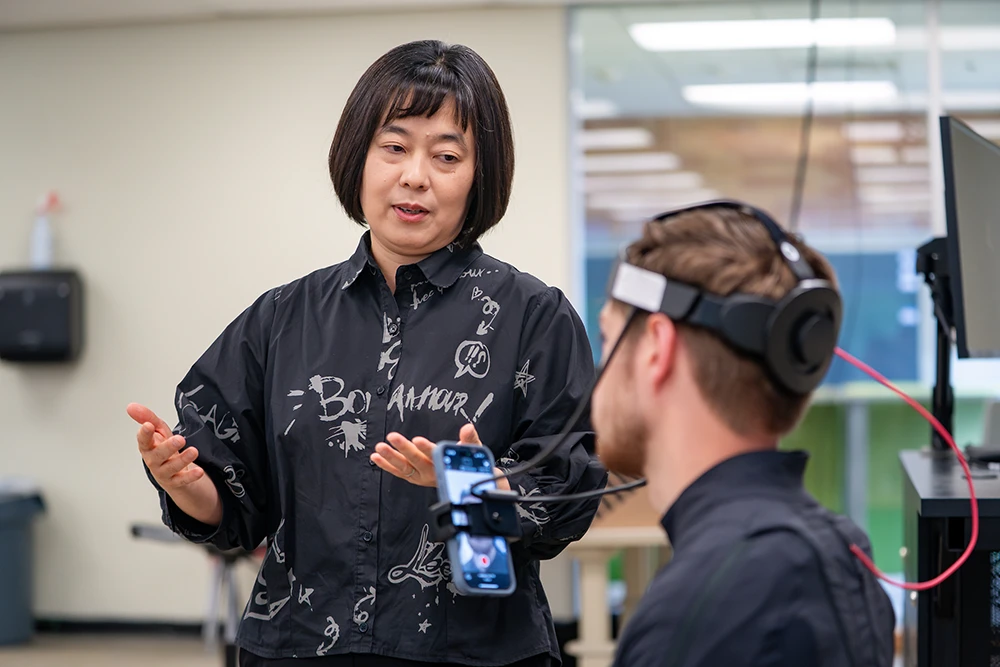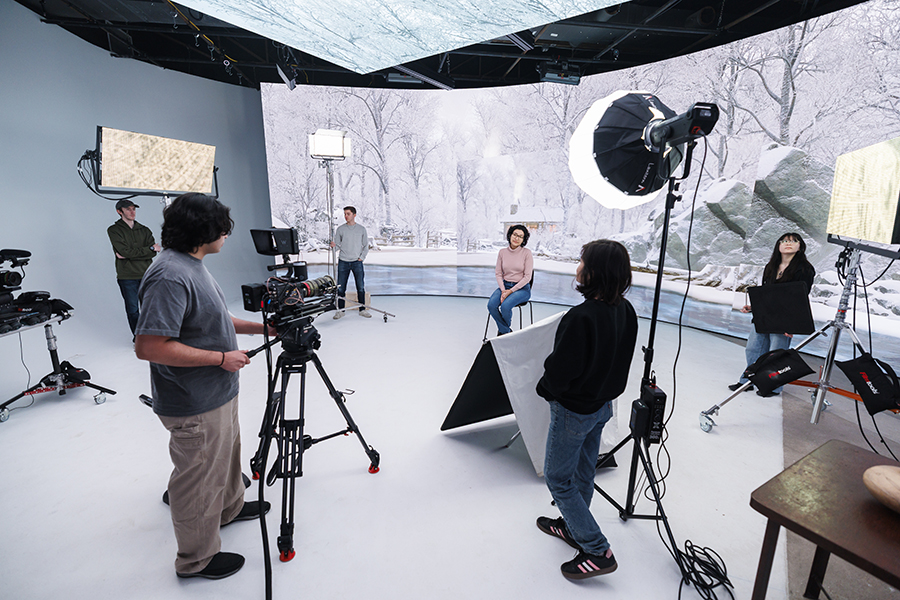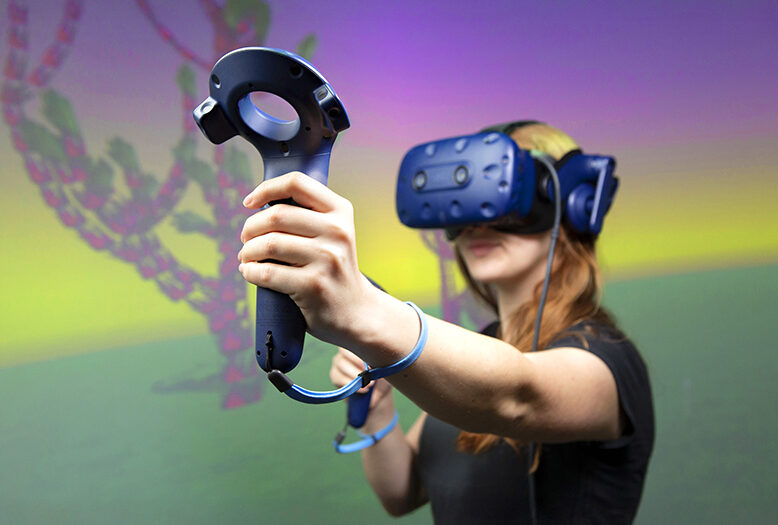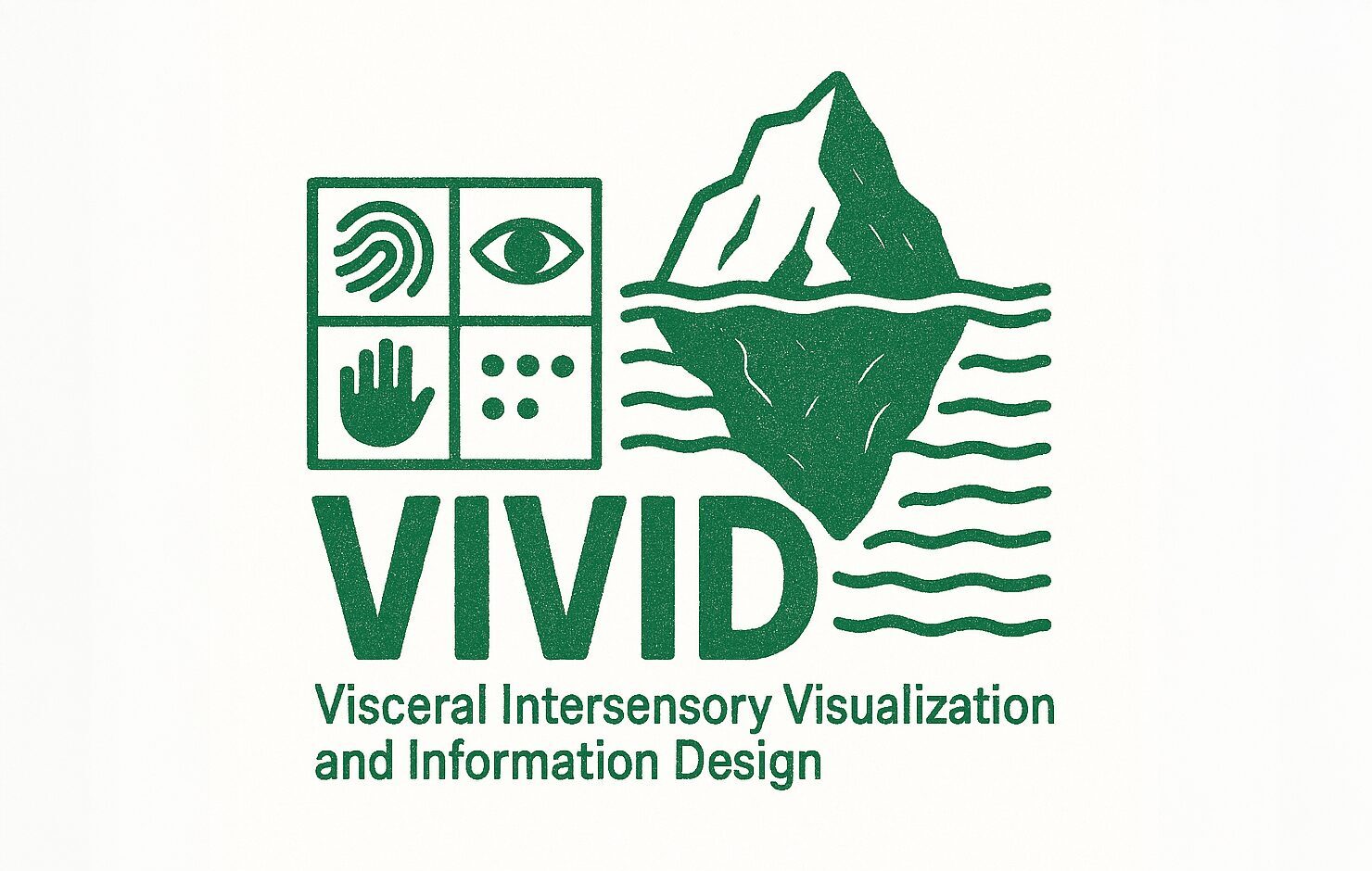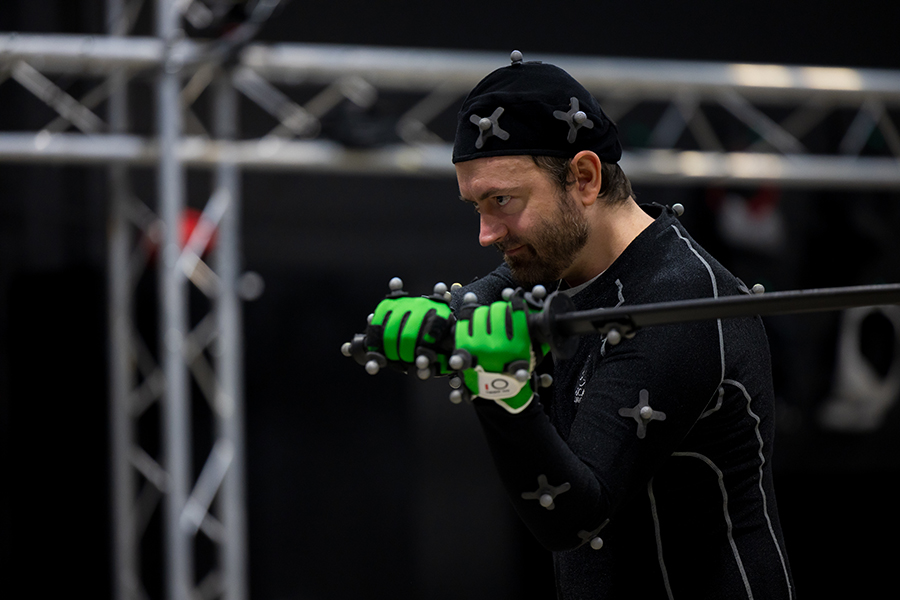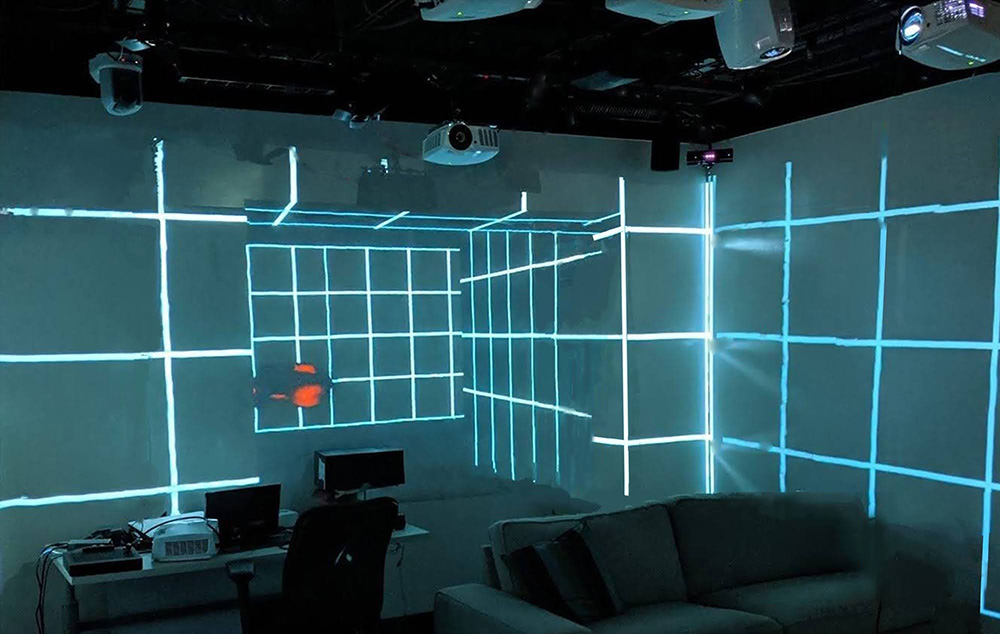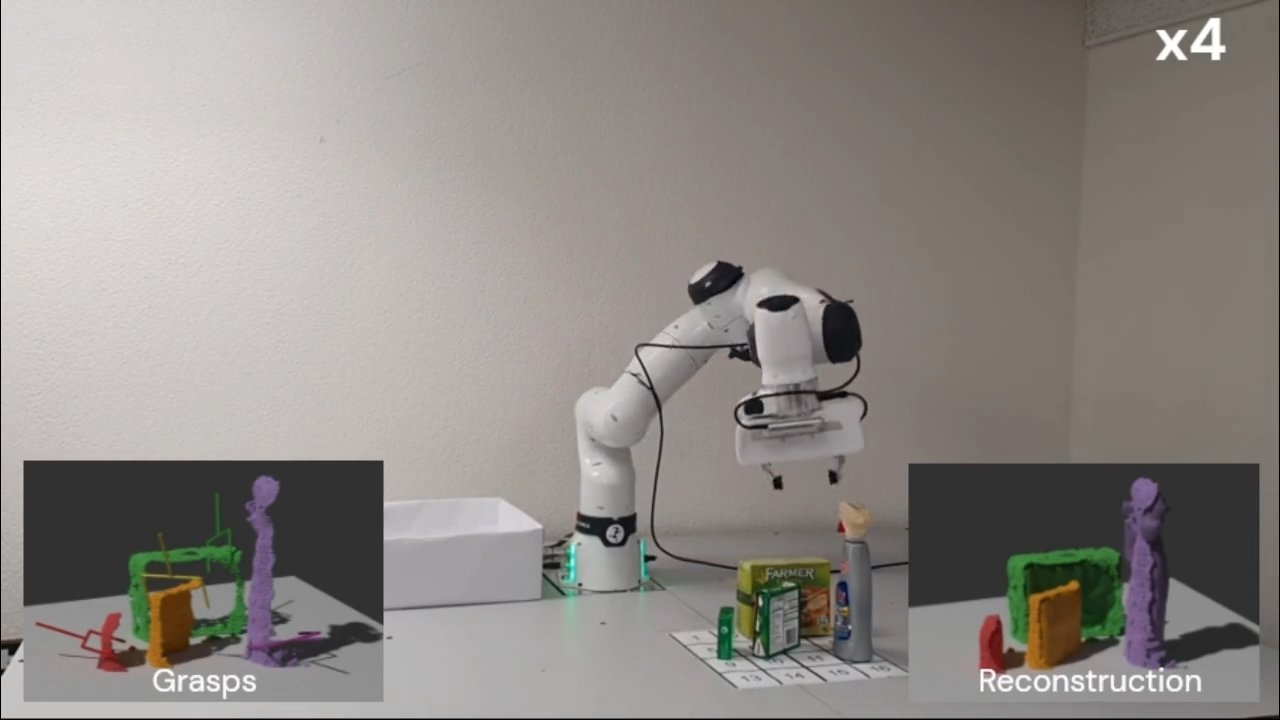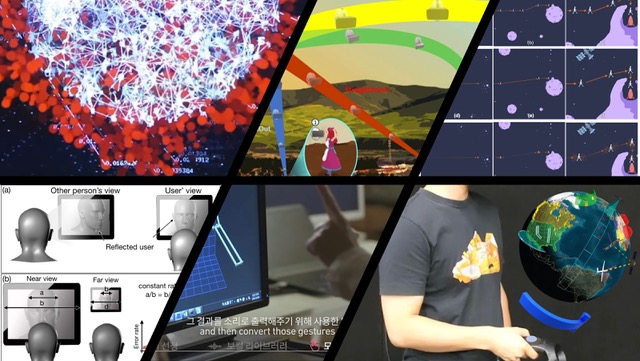Faculty Research and Creative Works
Our research and creative works reflect the heart of who we are: a college where artists, designers, humanists, musicians, performers, choreographers, technologists and scholars push boundaries, challenge assumptions and invite novel connections.
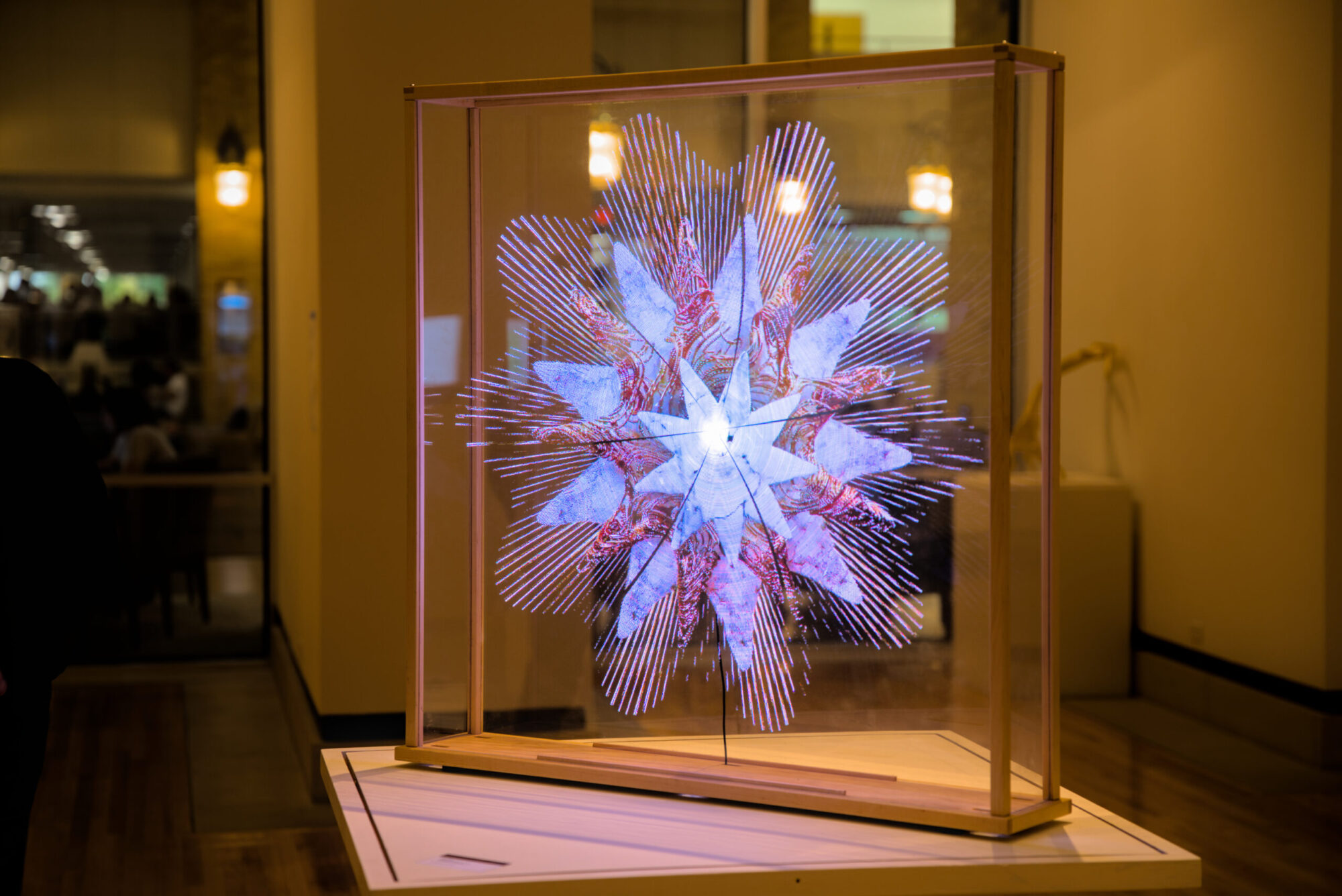

MISSION
Research and creative works are a vibrant tapestry of inquiry, imagination and innovation spanning art, dance, music, performance, artificial intelligence, immersive realities, cultural storytelling and interdisciplinary exploration. Our faculty are not only creating bold new works but also asking profound questions that shape how we understand ourselves, our communities and our shared future. | Credit (left): artwork “Beyond the Wall of Dreams” by Will Connor, “The Ghost of Blackwood Hall” by Felice House and “Cervus Scopus” by Emily Bujnoch. Credit (above): “Ostensory Vessel #1” by Joel Zika.
AREAS OF DISTINCTION

Whether you are a student, faculty member, industry partner or community collaborator, there is a place for you in our creative conversations. As you explore these areas of distinction in research themes that reach across disciplines, consider how your own work might intersect with these efforts. Think big, and think about the not-yet possible. |Credit: artwork (above) “eventually, this too will end” by Krista Leigh Steinke.
Explores how dance, theatre, voice and live performance intersect with cultural identity, wellness, improvisation, activism and social commentary.
Projects in this theme push the frontier of virtual, augmented and mixed reality for art, education, safety and social good.
Engages AI, machine learning and computational systems as collaborators and tools in creative work.
Combines traditional visual arts, craft, experimental film and digital storytelling to explore identity, nature, place, feminism and visual heritage through tangible and symbolic media.
An interdisciplinary theme featuring cross-cutting research in public diplomacy, digital humanities, game studies, art and technology, eco-performance and socially engaged design.
COLLEGEWIDE RECOGNITIONS
Fast Company, 2025
Advanced Imaging Society, 2025
FACULTY RECOGNITIONS
From awards, publications, exhibitions to premieres and impactful collaborations, the faculty in the College of Performance, Visualization and Fine Arts continue to push boundaries. Explore various faculty achievements as we celebrate their accomplishments. Here are the most recent recognitions:
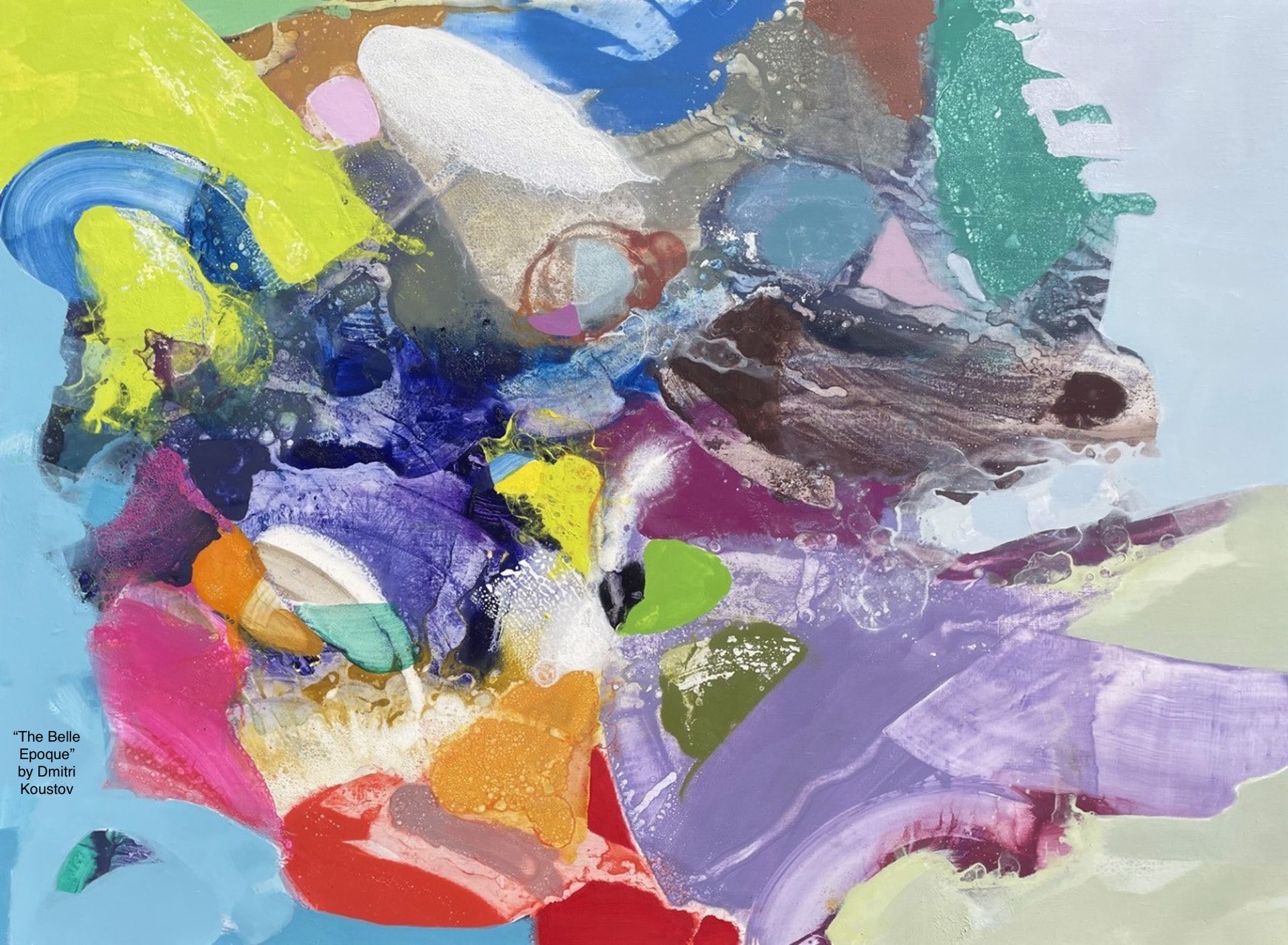
The College of Performance, Visualization and Fine Arts is constructed differently than most. We have performers, designers, technologists, engineers and humanists collectively together — all serving different academic programs and various pursuits. This makes it a lot easier for us to do the interdisciplinary, or what we call ‘interarts work’ that is key to the mission of the college.
RESEARCH NEWS
Cara Baxter began her first semester in Aggieland with the painting project before the first home football game.
Tianna Helena Uchacz, Ph.D., assistant professor and art historian, led a launch event on the history of an upstart art gallery created by women in Dallas.
Jinsil Hwaryoung Seo utilizes immersive technology and artificial intelligence to create virtual hands-on learning experiences.
INSTITUTES AND LABS
The institute is based on the Bryan-College Station campus with an extension at the new Texas A&M-Fort Worth campus, and aims to support performance capture, large-scale mixed-reality environments, technology-infused classrooms and high-performance computing and instrumentation.
The Institute for Applied Creativity is a forum for collaboration among domains and disciplines intent on creating a radiant future. Led by Jinsil Hwaryoung Seo, Ph.D., the institute champions combinations of experimental, rational, intuitive and analytical methods to realize tangible accomplishments.
The Learning Interactive Visualization Experience Lab, led by Aaron Thibault, is a research lab where students learn to create interactive learning experiences while getting real industry experience. This includes incorporating game technology and methodologies into the classroom experience and within educational research. The LIVE Lab collaborates with other departments, colleges and universities to foster the research and development of educational experiences.
Led by Ann McNamara, Ph.D., the Visceral Intersensory Visualization and Information Design Lab develops new knowledge, resources and community around the data visualization and information design areas of data science, encompassing research, education and outreach. The lab’s goal is to exploit the potential of data visualization and information design. The lab is supported by the Texas A&M Institute for Data Science.
The Laboratory for Extended and Mixed User Realities, led by Edgar J. Rojas-Muñoz, Ph.D., is shaping the future of virtual and mixed user realities. These technologies are meant to become the user interface of the future. The lab’s goal is to bring them out of the lab and use them to tackle real problems.
A state-of-the-art motion capture and virtual production facility on the RELLIS campus, led Michael Walsh, M.F.A., the lab is part of the Texas A&M Engineering Experiment Station and focuses on emerging technologies like virtual and augmented reality, smart system design and autonomous vehicles.
Led by Jinsil Hwaryoung Seo, Ph.D., this lab is an interactive art/design research group that integrates physical and digital experiences by experimenting soft/organic materials and embodied interaction techniques.
The Dynamic Reality Lab, led by You-Jin Kim, Ph.D., specializes in human-computer interaction in wide-area augmented reality environments. The lab’s primary aim is to enhance human interaction in the physical world through spatial computing techniques. They deploy a range of sensing technologies to accurately interpret human behavior and optimize interactions within extended reality experiences.
The Visual and Spatial AI Lab, led by Suryansh Kumar, Ph.D., conducts research in computer vision, robotics and artificial intelligence. The lab’s interests include visual representation learning, enabling robots to operate autonomously in complex and unstructured environments, exploring generative AI approaches and more.
Led by Jong-in Lee, Ph.D., the Spatial Interaction and Interaction Design Lab is an interdisciplinary Human Computer Interaction and 3D User Interface research group. The team investigates how humans perceive and interact with virtual and physical objects and spaces in extended reality. Using these insights, they create innovative spatial interaction, visualization techniques and interaction design tools.

Explore Faculty Research Through Published Books
- “Spiders of the Market: Ghanaian Trickster Performance in a Web of Neoliberalism” by David Afriye Donkor, Ph.D.
- “Pyschobilly: Subcultural Survival” by Kim Kattari, Ph.D.
- “Sound-Politics in São Paulo” by Leonardo Cardoso, Ph.D.
- “American Artists Engage the Built Environment, 1960-1979” by Susanneh Bieber, Ph.D.
- “Transformative Library and Information Work: Profiles in Social Justice” by Stephen Bales and Tina Budzise-Weaver, M.L.I.S.
- “Choreographing Dirt: Movement, Performance, and Ecology in the Anthropocene” by Angenette Spalink, Ph.D.
- “Archaic Modernism: Queer Poetics in the Cinema of Pier Paolo Pasolini” by Daniel Humphrey, Ph.D.
- “Minimal Conditions: Light, Space and Subjectivity” by Dawna Schuld, Ph.D.
- “Student Agency in Devised Theatre Education: Creating Collaborative Theatre in Virtual and In-Person Classrooms” by Michael Poblete, Ph.D.


